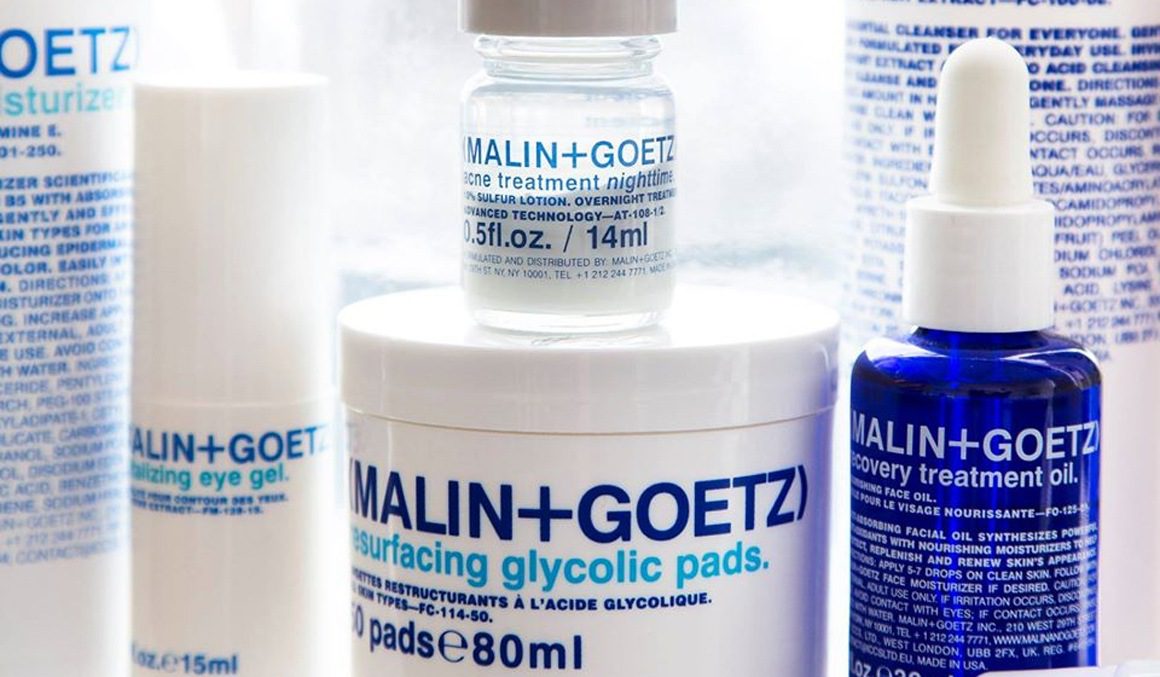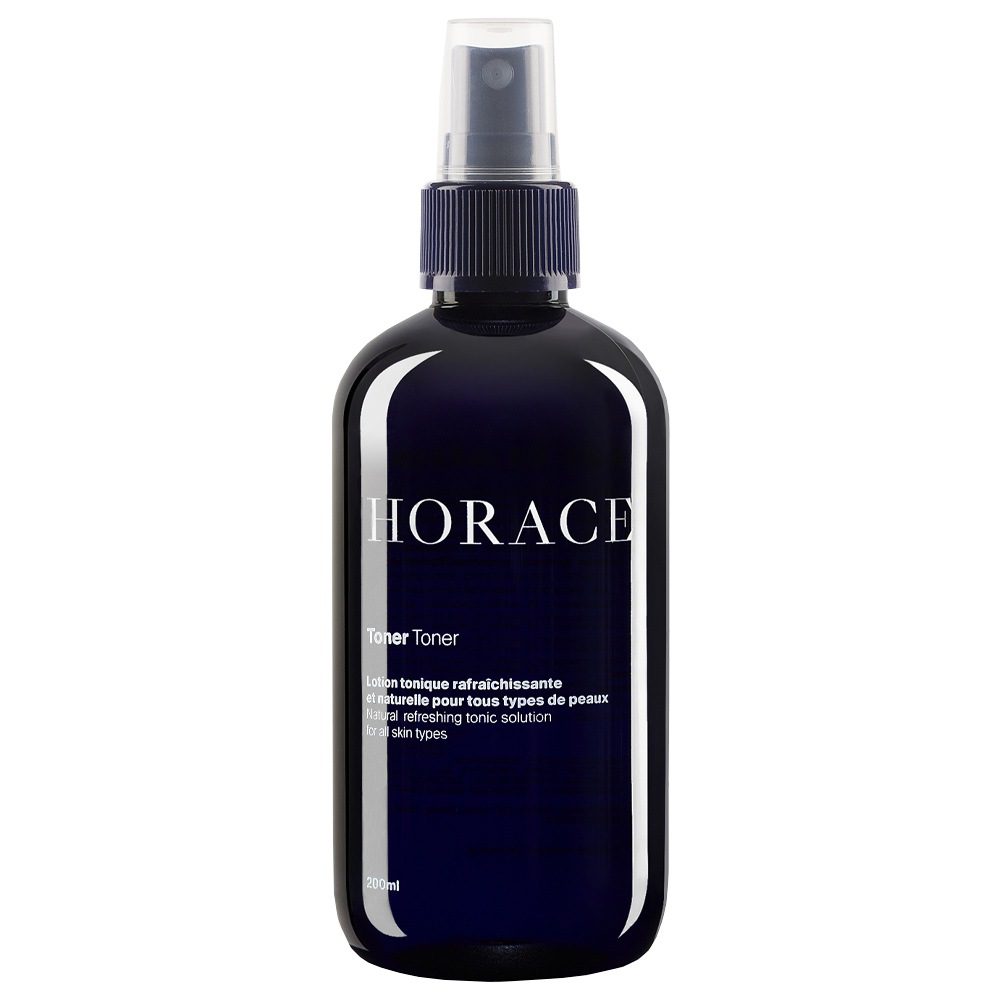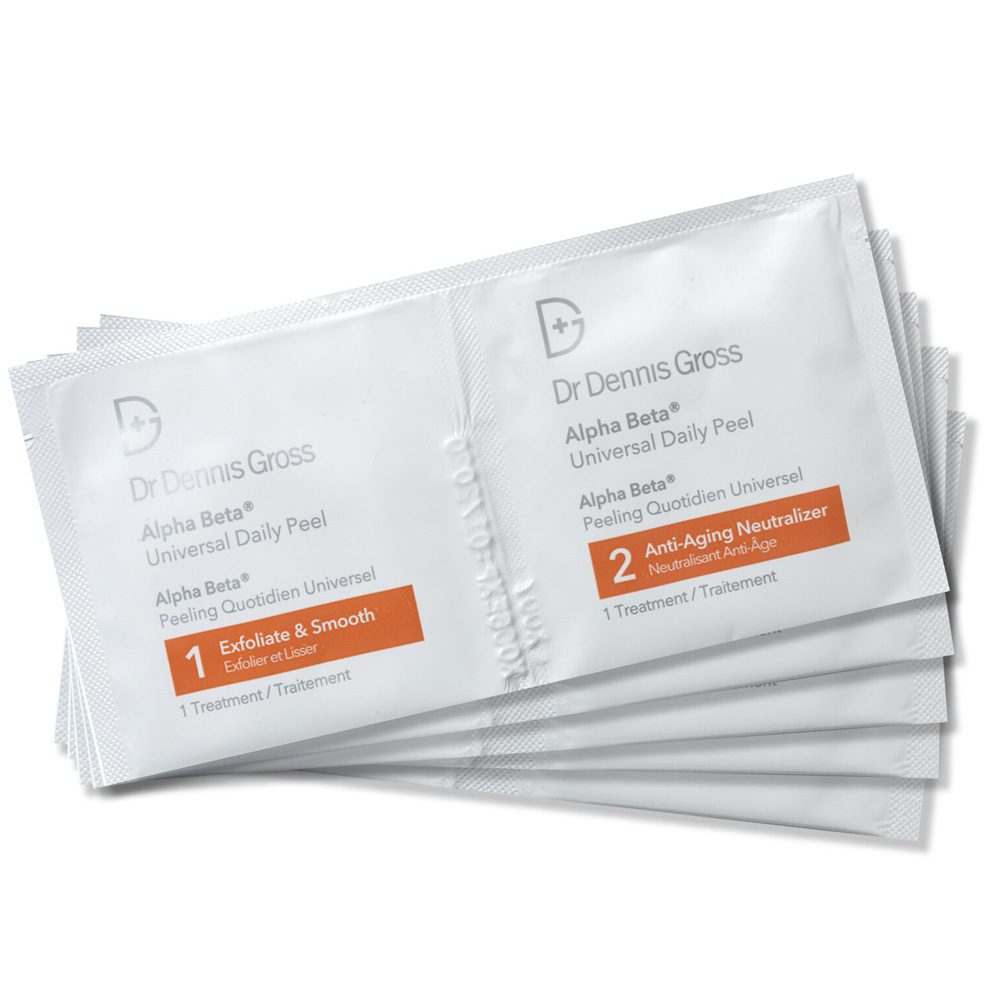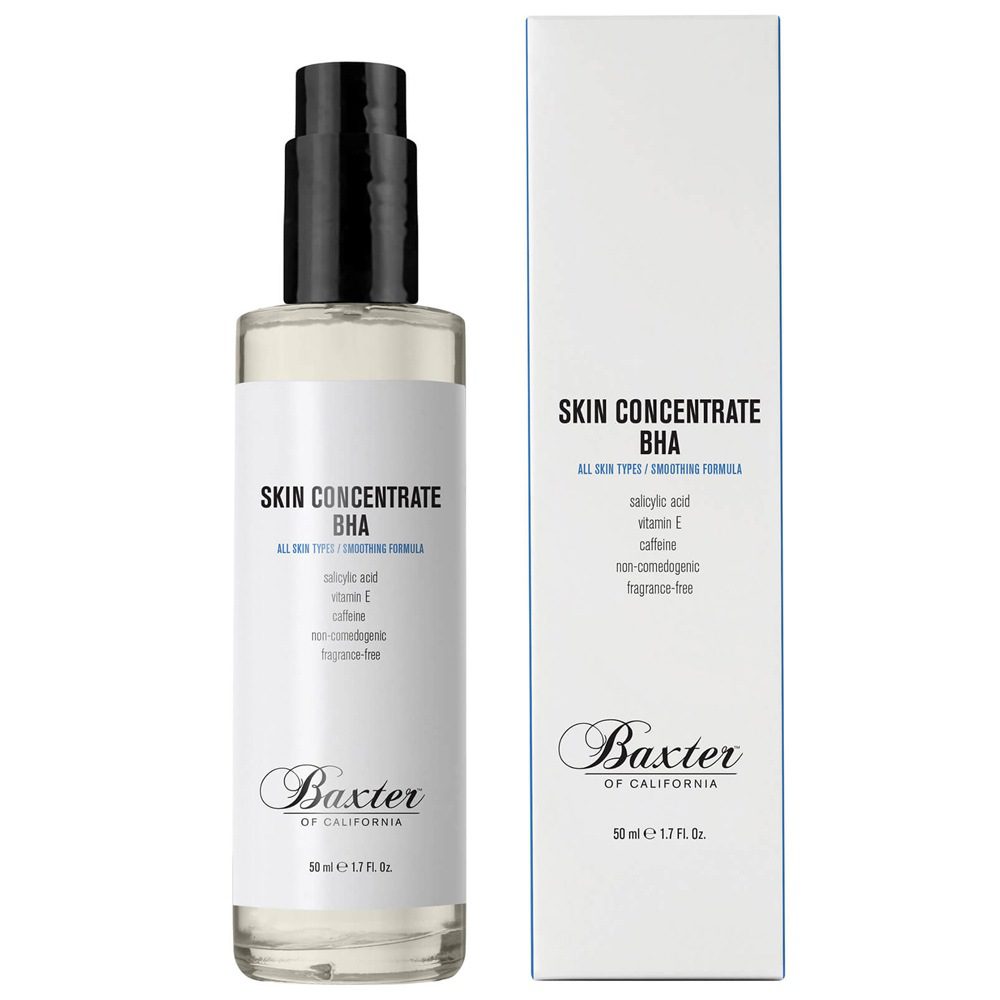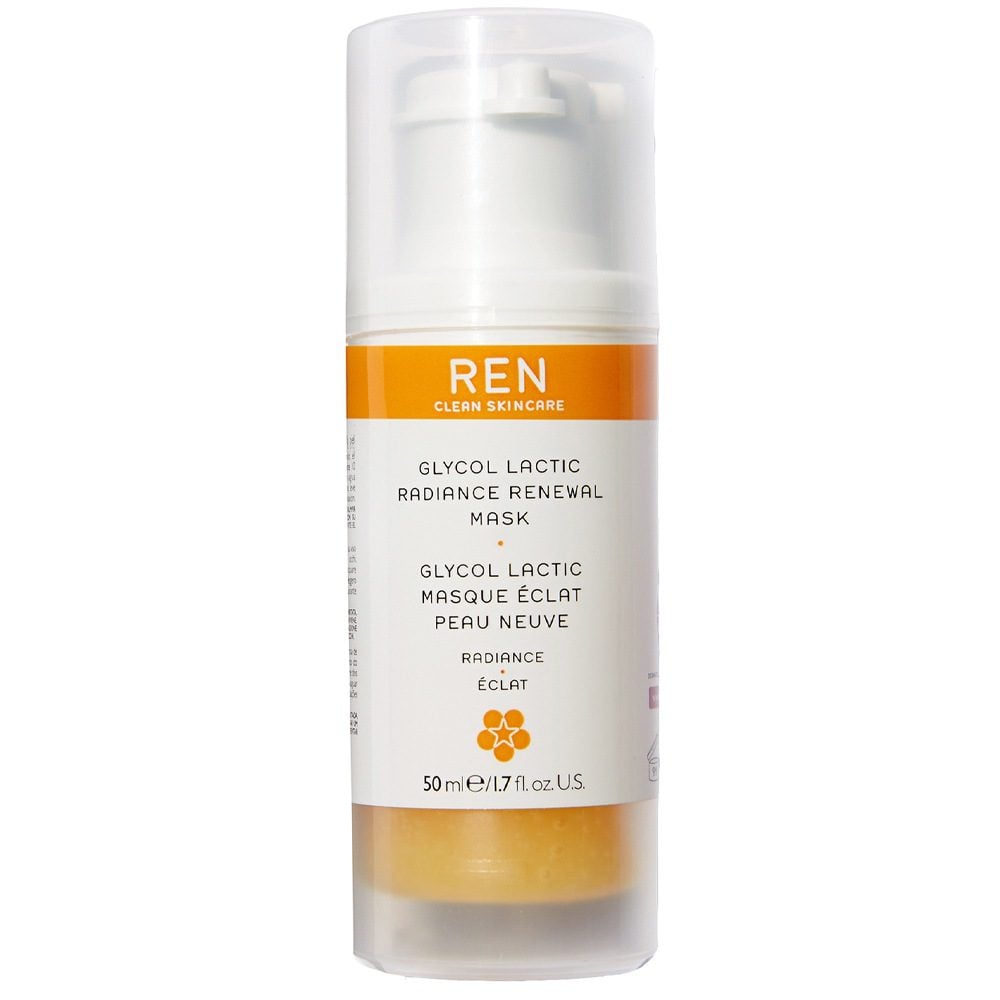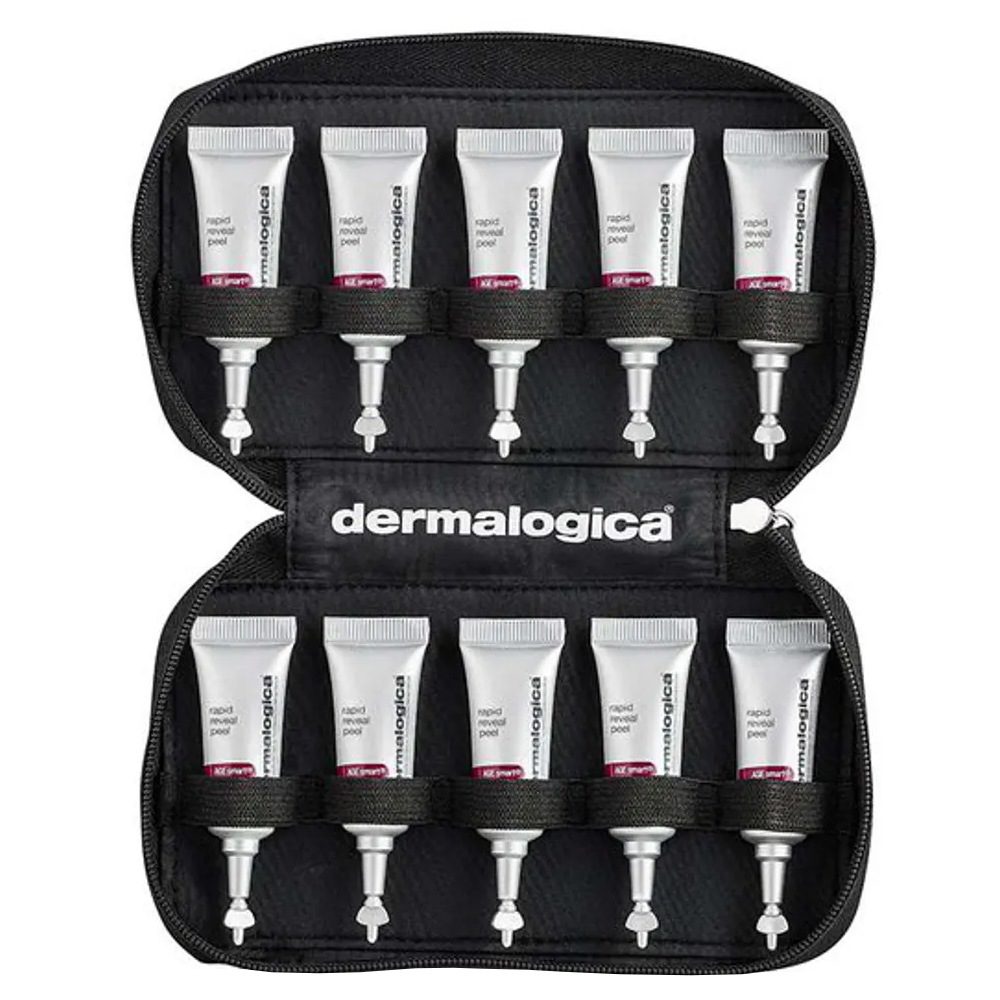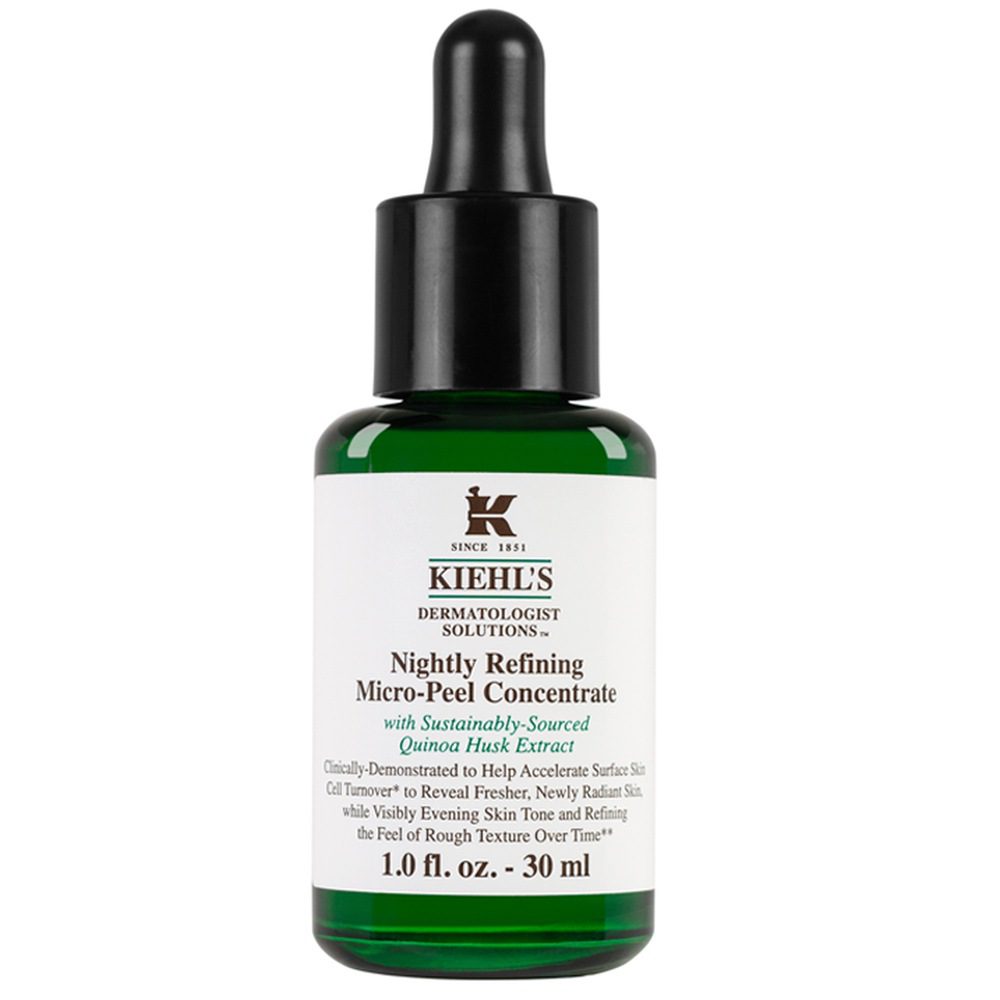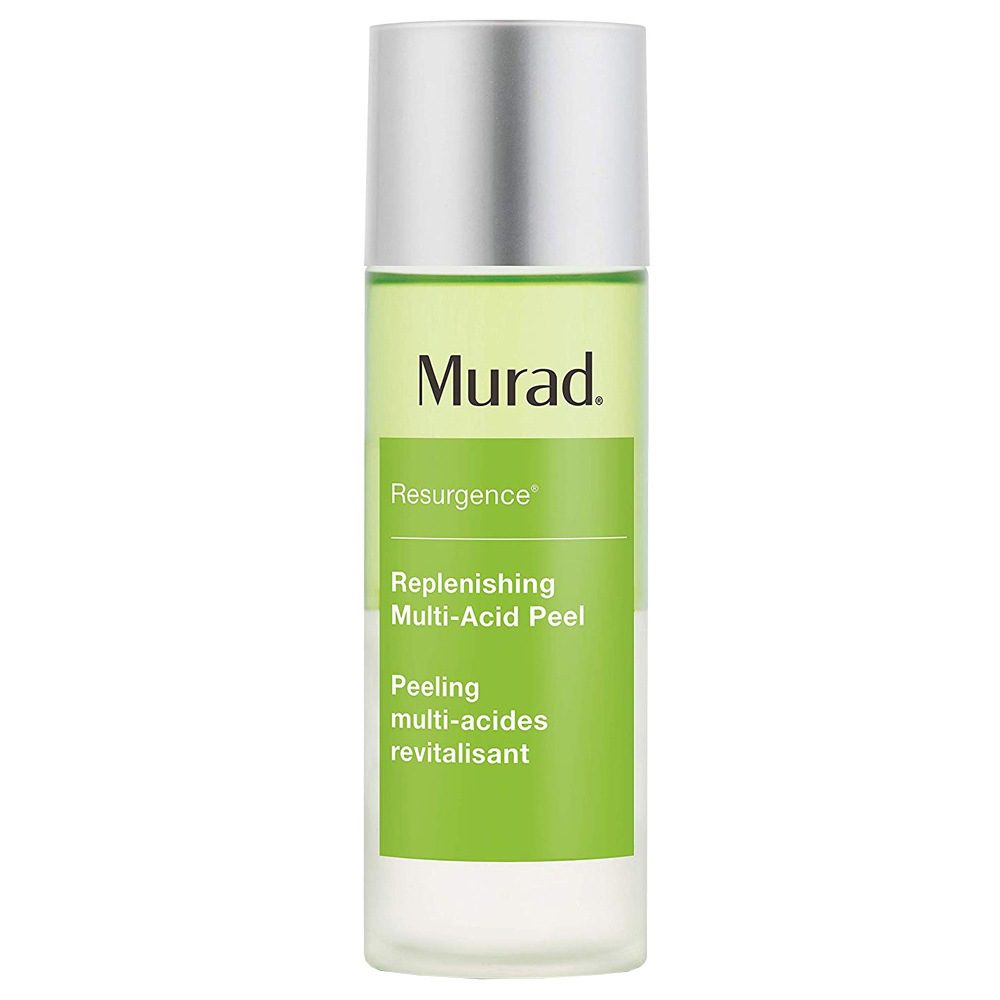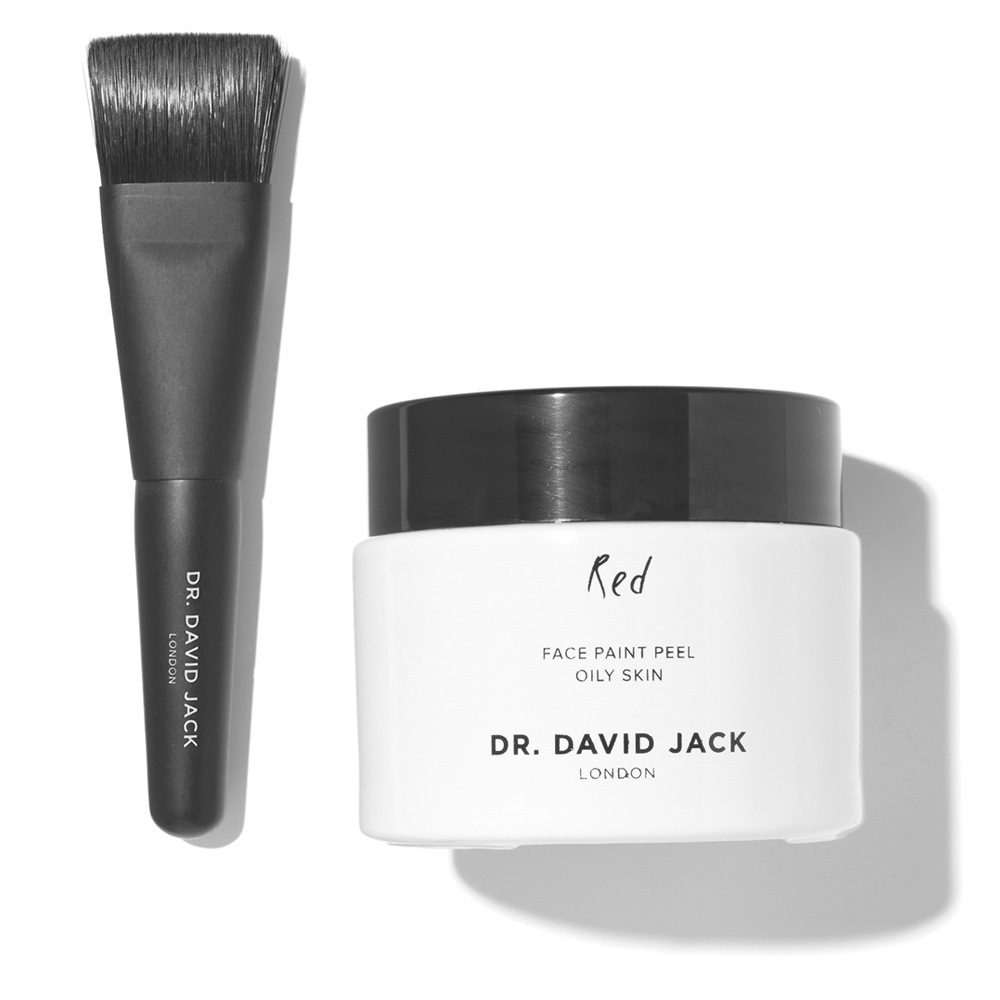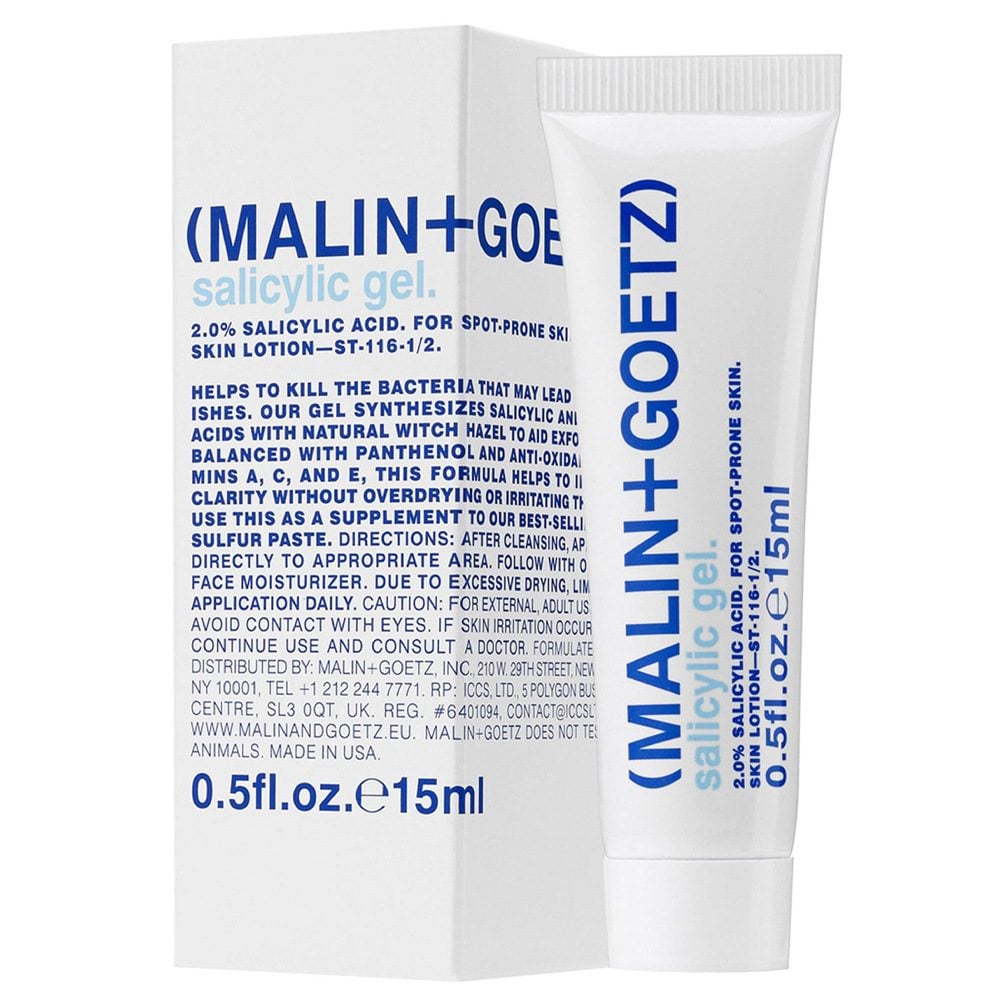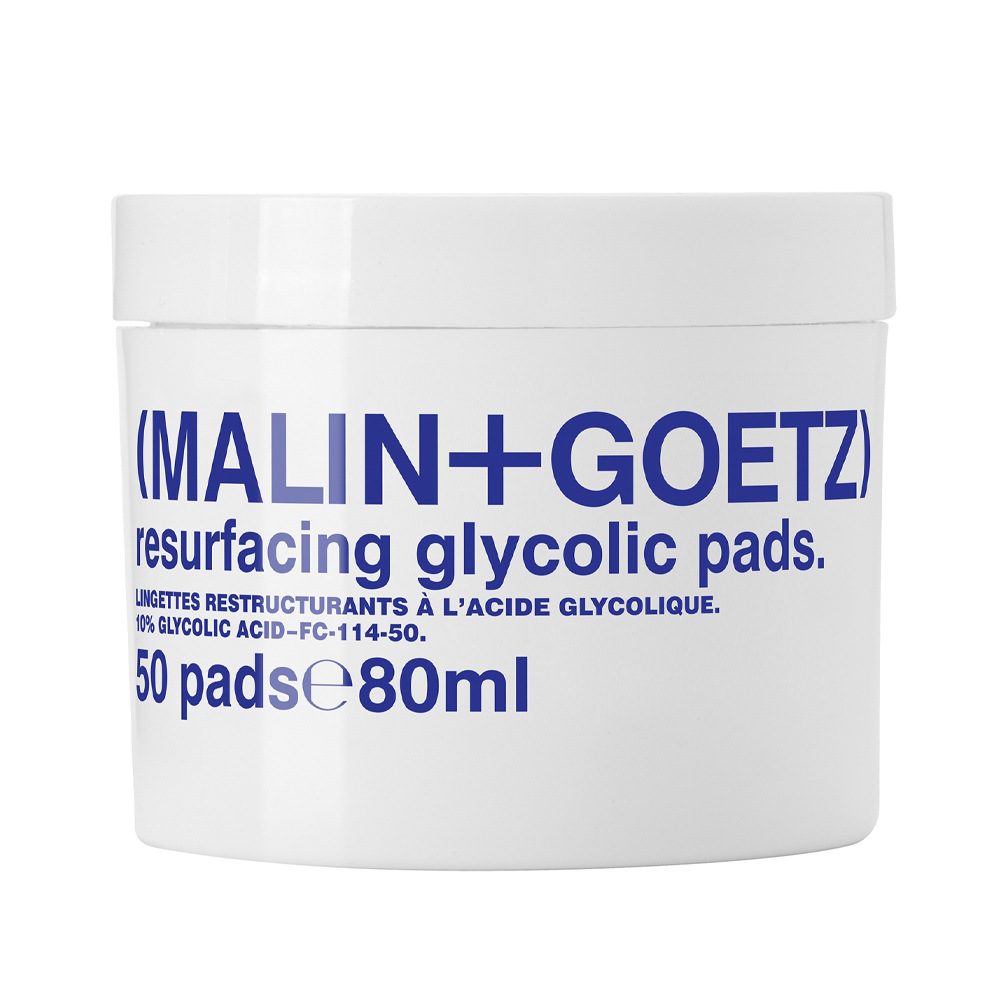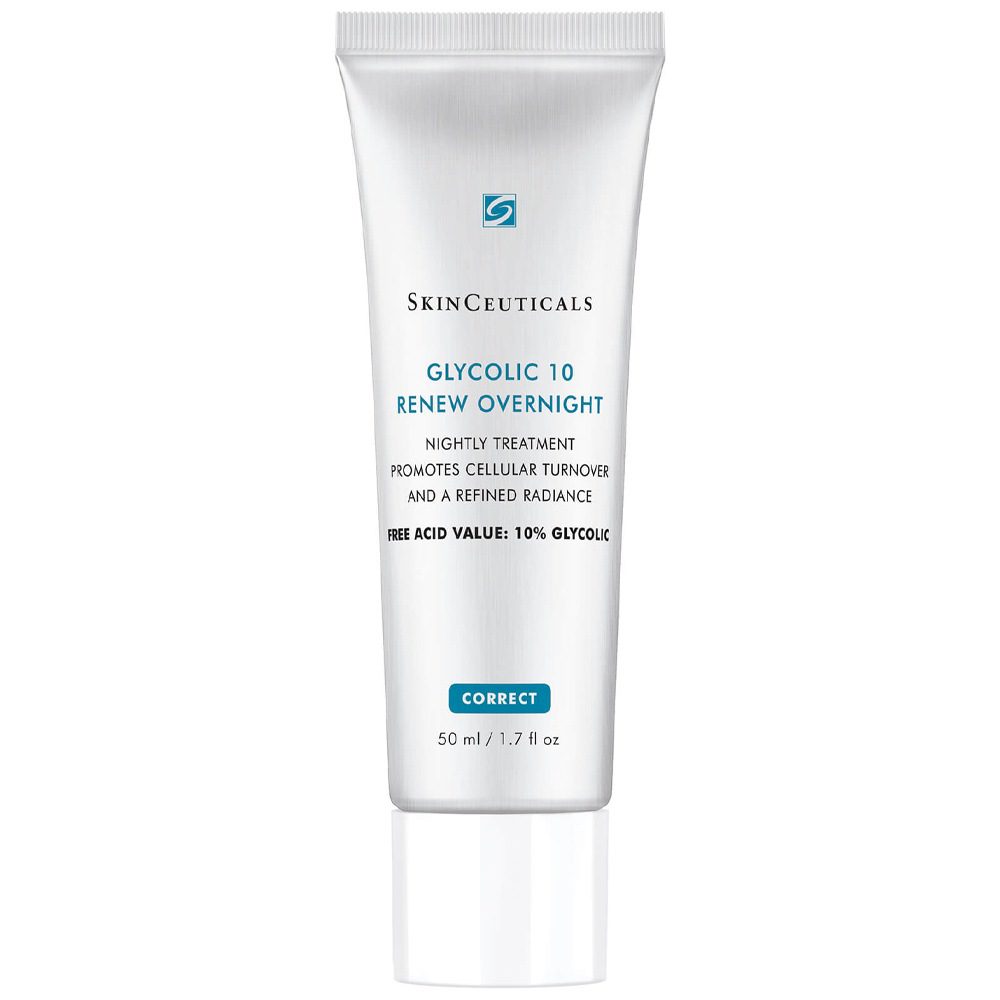Skin Polish: Chemical Exfoliants Are This Year’s Biggest Grooming Trend
There are plenty of combinations in this world that should never mix: oil and water, Coke and Mentos, socks and sandals etc. Your skin and acid sounds like an obvious addition, and yet here we are, slathering our faces in the stuff. Acid is something we’ve been trained to avoid, from the earliest horror film to Jesse from Breaking Bad using it to dissolve the remains of a rival dealer (along with his own bathtub). One of the darkest films of recent times – Joker – reminded us that the character once fell into a vat of acid. Joker is not a skincare idol.
However, if exfoliating acids were to exist in Gotham City, we dare say that its smoothest operator, Bruce Wayne, would have a few in his grooming arsenal. At low, skin-friendly concentrations, acids can banish a broad swathe of skin complaints and irritations. And if you’re a suave business mogul by day and lead a nocturnal double life, you’ll need a few tricks up your sleeve to stop it showing in your face.
Using an exfoliating acid on your skin is like turning over a new leaf; by gently resurfacing the top layer of the epidermis, a well-placed acid can clear breakouts, reduce redness and scars and generally turn back the clock on those burgeoning furrows. It’s less paint stripper, more loving hand polish. In fact, the wide range of acids means there’s one or more for every skin type. Used regularly they can help maintain general condition, or use whenever you want to get the glow without adding layers of grease. The good news? You don’t need to be rich to add one to your grooming kit. The even better news? Some of the necessary grime fighting can be done while you sleep.
What Is A Chemical Exfoliant?
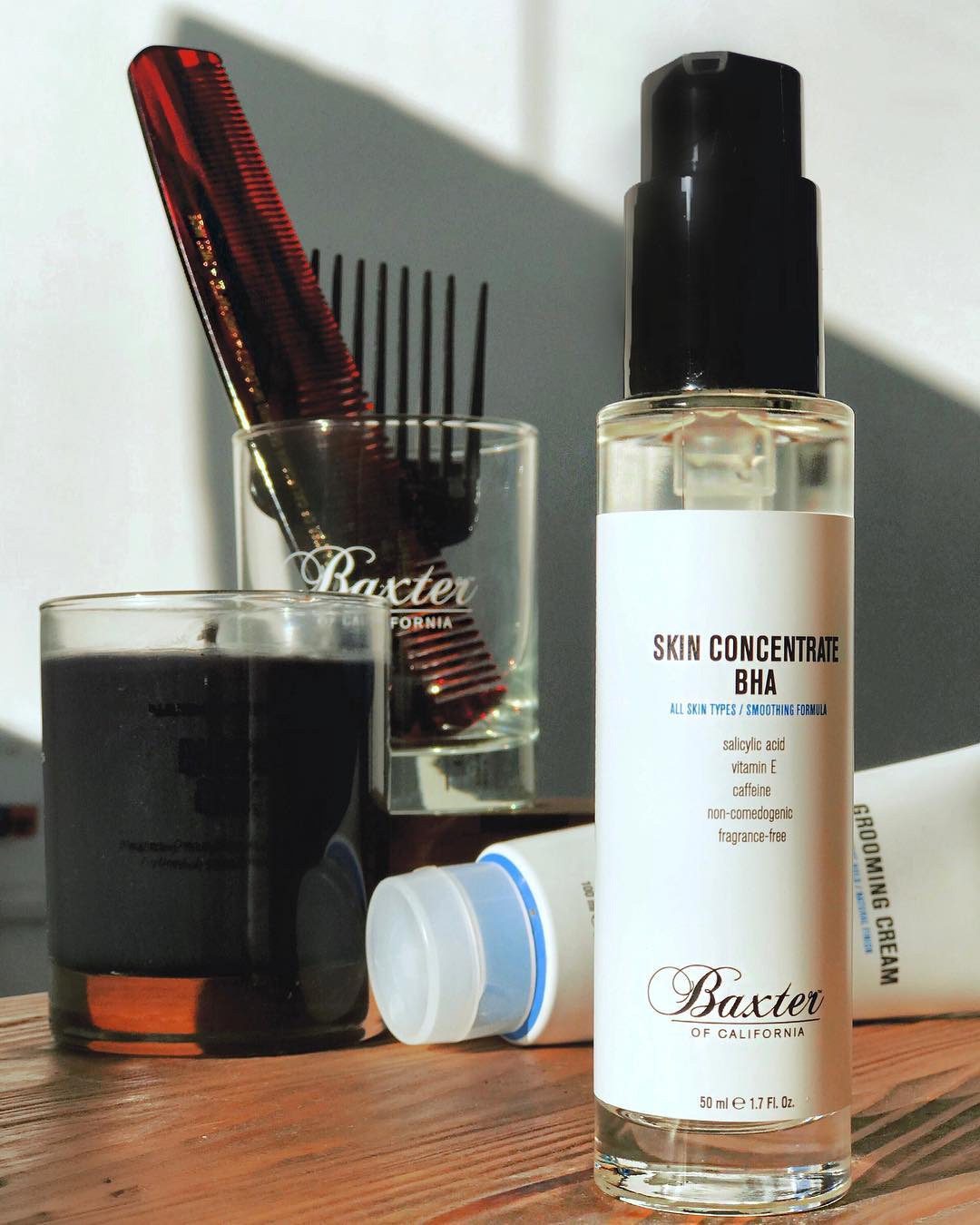
“A chemical exfoliant is a type of acid that is used to remove the superficial layer of skin that is often formed by a build-up of dead skin cells, dirt and excess oil,” explains Dr Irena Daniels from the Sk:n Clinic. Unlike a face scrub made with natural granules or beads, chemical exfoliants can gently remove this top layer by encouraging cell turnover, without that harsh, abrasive sandpaper-style effect. These acids can be naturally derived (often from sugars), alpha and beta hydroxy acid (AHAs), salicylic acid, lactic acid, glycolic acid or phenolic acid, and and they can be used in face masks, cleansers, toners, peels and serums.
How Do Chemical Exfoliants Work?
In a nutshell, these acids simply dissolve the top layer. “The acid in a chemical exfoliant will work by penetrating various depths of the skin,” says Dr Daniels, “as it does this it will help to break the skin bonds, allowing the outer layer of the skin to loosen up and shed.”
This process has a number of benefits: clearing pores, soaking up oil and resurfacing the skin’s texture.
How Should I Use A Chemical Exfoliant?
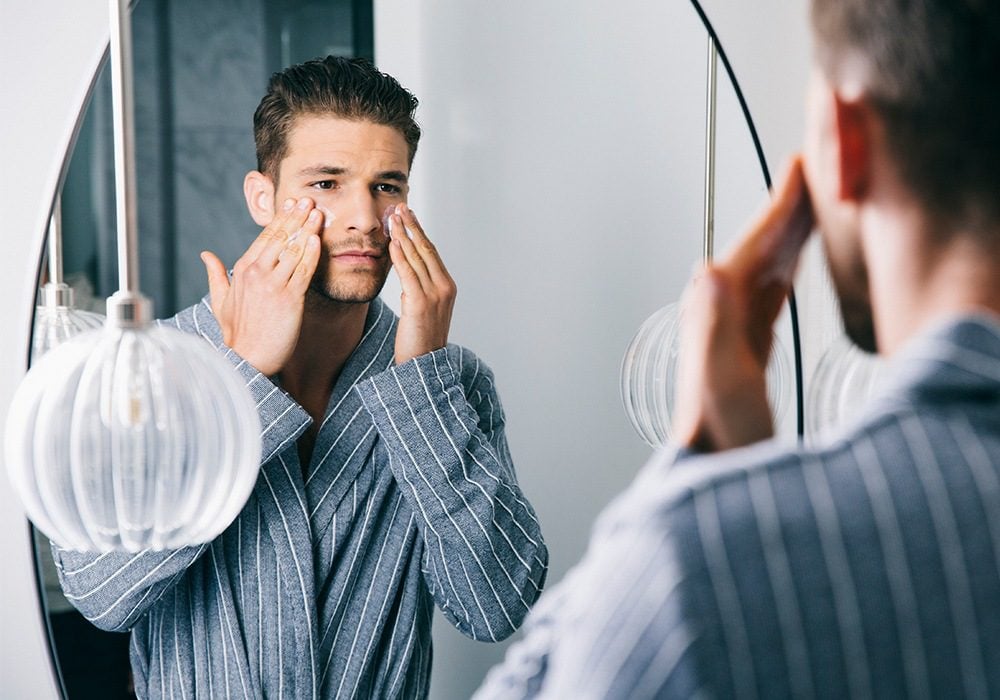
There’s a tiny risk of an adverse reaction with any new skincare product. So, take Dr Daniels’ advice before you start experimenting with a new exfoliator: “It is important to make sure you know what skin problem you want to treat before you use a chemical exfoliant. This is because there are various different types of acids that you can use which will all target different skin concerns. Once you have narrowed this down you can then begin to look at using it around twice a week to start off before gradually building it up accordingly to suit.”
Start with a patch test if you have any concerns: apply the product to a 5p size area of skin (behind the ear is a good place because it won’t show) and follow the directions. Rinse off with warm water and wait for 24 hours to see if any reaction occurs. If all clear proceed as normal.
Also, it’s important to remember that if you use a chemical exfoliant regularly, you’ll need to be diligent with the daily SPF because acids make the skin more sensitive to UV rays and sun exposure. Similarly, they don’t combine well with other active ingredients such as Vitamin C and retinol, so you might want to rest these from your regime.
In terms of concentrations, these can increase with age. So, if you’re in your twenties start with 5% glycolic or o.5% salicylic. In your thirties? You can up the glycolic to 1o% and the salicyclic up to 2%. Forty plus? You could use a 10% glycolic for daily use and up to 30% once a week. (Note: not all products specify weaker concentrations)
Which Acid Is Best For Each Skin Type?
There are a variety of alpha and beta hydroxyl acids (AHA/BHA) currently in use in grooming products. Alphas work on the surface while betas penetrate below. Knowing when to use what depends on “on what skin concern you are trying to target,” explains Dr Daniels, “for example, salicylic acid should be used if you suffer with more oily, acne-prone skin as this will help to penetrate the skin layer more deeply. Salicylic acid is one of the more commonly used acids and will help those who have oily skin types, black heads and acne.”
She continues, “however, if you were simply looking to brighten your skin to get that fresh-looking glow, glycolic acid, also known as a rejuvenating acid, would be best. Then there is lactic acid, a type of AHA acid, which is more effective if you suffer from dry and hydrated skin as well as rosacea or mature skin as it is far more hydrating.”
Acid Ingredient Cheat Sheet
- Glycolic Acid: rejuvenating, powerful (normal, combination, dry, dehydrated skin)
- Salicyclic Acid: clarifying, pore shrinking, (oily and acne-prone skin)
- Lactic Acid: hydrating, pore clearing, exfoliating (dry, dehydrated, mature skin)
- Phytic Acid: gentle, pore clearing (all skin types)
The Pore Killing Toner
Horace Tonic Lotion
This refreshing, gentle daily lotion contains lactic acid and will remove excess sebum and tighten pores. Use after washing your face, apply this to a cotton pad or spritz directly onto skin before moisturising.
€12.00 for 200ml; horace.co
The Travel Fix
Dr Dennis Gross Alpha Beta Universal Daily Peel Pack
Dr Dennis Gross’ Alpha Beta Universal Daily Peel pads are individually wrapped so you can stick them in your bag and go; gym kit, dashboard, briefcase, carry-on. As the name suggests they are gentle enough for daily use – or whenever suits – and keep skin looking smooth and clear using alpha and beta hydroxyl acids.
£19.00 for 5 pack; spacenk.com
The Ingrown Hair Fix
Baxter of California Skin Concentrate BHA
Niggled by ingrown hairs? If shaving leaves you likely to develop this common irritation, apply this clear serum generously post shave. The salicylic acid will help minimise spots, keep pores clear and all skin types smooth and supple.
£28.00 for 50ml; mankind.co.uk
The Rapid Renewal Mask
Ren Glycolactic Radiance Renewal Mask
This smells and looks a bit like apricot paste and goes on quite thick. You may or may not feel the warming, tingling sensation, but you’ll definitely notice that the your skin looks brighter, feels softer and well hydrated.
£36.00 for 50ml; cultbeauty.co.uk
The Home Pro Kit
Dermalogica Rapid Reveal Peel
Professional treatments deliver great results but can hurt your wallet at the same time. Who needs a salon or spa when you can do it at home for a fraction of the cost? This easy-to-use kit from skincare giant Dermalogica organises its acclaimed products into foolproof stages so you can get your skin to a brighter, better level from the comfort of your own digs.
£79.00; dermalogica.co.uk
The Sensitive Sleep Peel
Kiehl’s Dermatologist Solutions Nightly Refining Minor Peel Concentrate
The ideal product for the lazy man, this peel works while you sleep and uses phytic acid; a very gentle, highly anti-oxidant AHA, making it ideal for sensitive skin types. Cleanse skin, put it on, nod off and wake up to smoother-looking skin.
£41.00 for 30ml; kiehls.co.uk
The Daily Peel
Murad Resurgence Replenishing Multi-Acid Peel
After cleansing, swipe a cotton pad with this cocktail of alpha and beta hydroxy acids around your face. This two-second activity should deliver noticeable results within a few weeks: smoother, brighter and healthier looking. Repeat every day to maintain.
£48.00 for 100ml; johnlewis.com
The Luxury Spot Buster
Dr. David Jack Face Paint Peel Oily Skin
With it’s paint brush applicator, Dr. David Jack’s brightly-coloured face masks will bring out your inner artist and give you clearer skin at the same time. This red peel for oily skin contains a triple whammy of lactic, glycolic and salicylic acid and can be used to control breakouts, reduce redness, brighten and clarify or as a weekly anti-ageing treatment.
£139.00 for 50ml; spacenk.com
The Zit Zapper
Malin+ Goetz Salicylic Gel
This combination of salicylic and lactic acid target bumps and breakouts directly. It won’t dry out the surrounding skin and can be worn with or without concealer during the day.
£19.00 for 15ml; libertylondon.com
The Speedy Pore Refiner
Malin+Goetz Resurfacing Glycolic Pads
A quick swipe with one of these pads will gently reduce the appearance of enlarged pores and minimise the look of fine lines.
£42.00 for 50 pads; cultbeauty.co.uk
The Wrinkle Smoother
SkinCeuticals Glycolic 10 Renew Overnight
This non-drying, hydrating serum contains 10% glycolic acid and does the hard work overnight. Works to fade scars and blemishes, even out skin tone and give dull, tired looking skin the boot.
£80.00 for 50ml; lookfantastic.com
